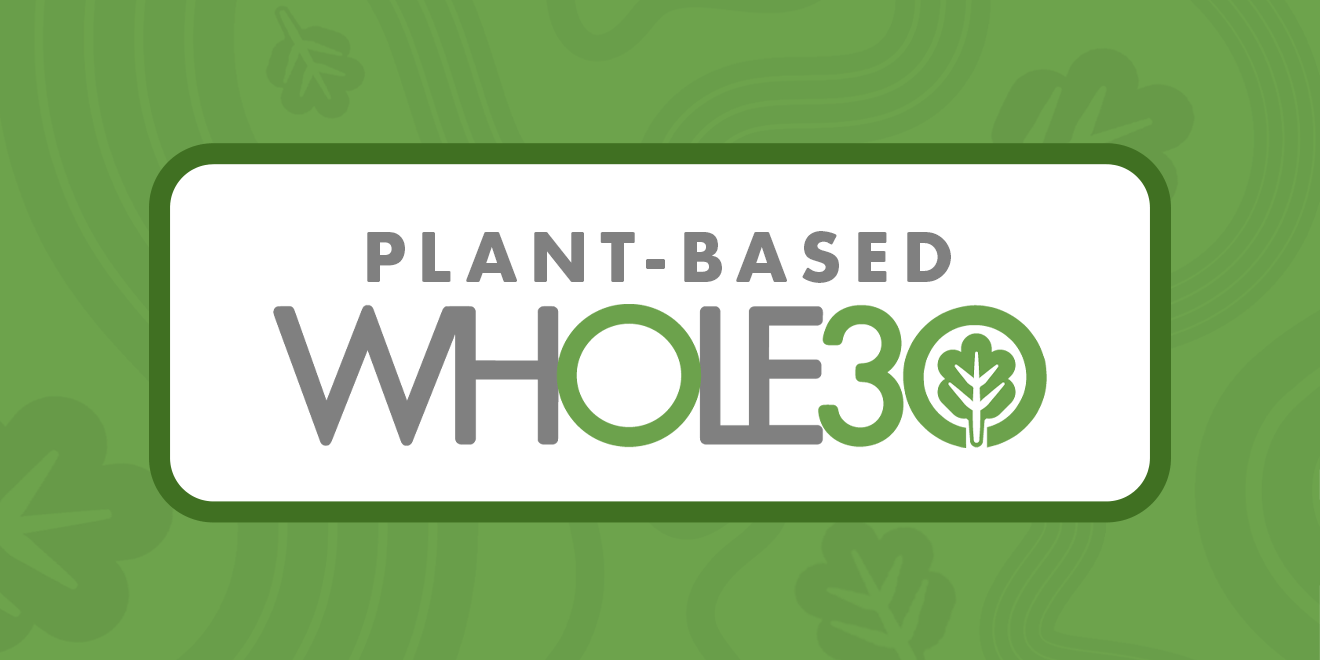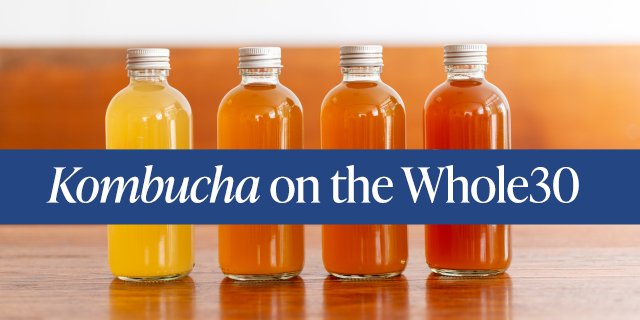Nutritional yeast—also known as “nooch” in the plant-based world—is undoubtedly one of the most popular seasonings. And for good reason! This seasoning not only adds delicious flavor to meals, but is also loaded with vitamins and minerals.
These extra nutrients make this option more than just the “cheesy” flavoring in your seasoning toolbox. And by the end of this blog post, you’ll be ready to add nutritional yeast to your next meal without question.
What is Nutritional Yeast?
Nutritional yeast is a popular choice for seasoning plant-based foods, but what is it? This deactivated form of yeast is commonly used as a seasoning or ingredient in vegan and vegetarian cooking.
It’s no secret that seasoning your foods can make the meals even more delicious and satisfying. And all components of your meal can benefit from proper seasoning—including your vegetables. That’s one area where nutritional yeast shines—making it a popular choice among plant-based eaters for a few reasons:
- Nutritional Value: Nutritional yeast is a surprising source of protein, fiber, vitamins, and minerals. It is a complete protein, meaning it contains all nine essential amino acids that the body cannot produce on its own. Though it’s not ideal to have this as your only protein source, it can surely add more than a sprinkling to your total day’s intake.
- Some Say Nutty and Some Say Cheesy: Nooch provides a savory, cheesy element to meals without using animal-based products. It shouldn’t be eaten alone like cheese, but can resemble the flavor of cheese in cooking.
- Flavorful: We talked a lot about umami in the Adding Umami Flavor to Your Plant-Based Whole30 blog post, and nutritional yeast provides a savory, umami flavor that adds depth to dishes.
Types of Nutritional Yeast
When looking for nutritional yeast, there are a few options you can choose from depending on how you would like to use it. The main differences are the flake size, best uses, and availability in stores. What you choose is mostly determined by your personal preference, but here’s how the two types differ:
- Powdered Nutritional Yeast: is finely ground and has a powdery texture. It can be used as a seasoning and is commonly added to sauces, dips, and dressings. Spice blends with nutritional yeast often come in this form.
- Flaked Nutritional Yeast: has a similar texture to dried herbs and can be sprinkled on top of roasted nuts, salads, and sheet pan meals. Flaked nutritional yeast is one of the more commonly used options, and one you will find most commonly in stores.
Further breaking down nutritional yeast, you can choose between a fortified or unfortified version. Your health goals may determine what type of nutritional yeast you would prefer. But neither is better than another.
And if you are already taking a multivitamin or supplement, you may not need the extra boost. However, if you have questions you should always ask your healthcare provider.
Here’s the basics you need to know about these nooch options:
- Fortified Nutritional Yeast: is enriched with additional nutrients, like vitamin B12, which is essential for vegans and vegetarians because B12 mostly comes from animal sources.
- Unfortified Nutritional Yeast: has not been enriched with additional vitamins or minerals. This type of nutritional yeast only contains the nutrients that naturally occur in the yeast itself—like zinc and some B vitamins.
How to Use Nutritional Yeast in Your Diet
Sprinkling nutritional yeast into your diet can add variety. There are many different ways you can use this delicious seasoning to enhance your meals. Try some of these ideas for using it during your Plant-Based Whole30.
- Make a Vegan Cheese Sauce: Nutritional yeast can be used to make a creamy, vegan cheese sauce. Simply blend nutritional yeast, cashews, Whole 30-compatible plant-based milk, and spices in a blender until smooth.
- Use it as a Salad Topper: Add nutritional yeast, hemp seeds, and seasoning of your choice to create a vegan Parmesan cheese sprinkle to add on top of mixed greens for added flavor and nutrition.
- Mix it into Soup: Nutritional yeast can be added to soups and stews for an extra umami and savory element. It pairs especially well with creamy soups like potato or squash soup, and chili.
- Add it to Roasted Vegetables: Sprinkle it on top of roasted vegetables for a boost of flavor and nutrients. Try it on roasted broccoli or Brussels sprouts. This is one of the easiest ways to add it into your meals.
Overall, nutritional yeast is a versatile ingredient that can be used in so many applications throughout your diet. And the delicious flavor is accompanied by added nutrients—that’s where the “nutrition” part of nutritional yeast comes in. Experiment with different recipes and find the ways you like best to use it during your Plant-Based Whole30 and into your Food Freedom.















